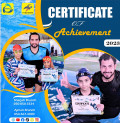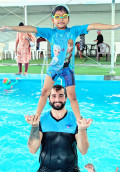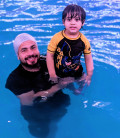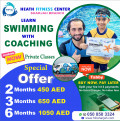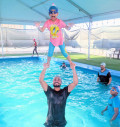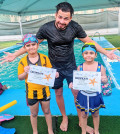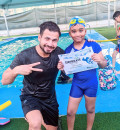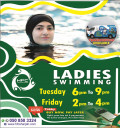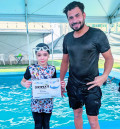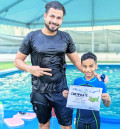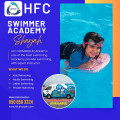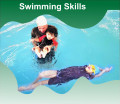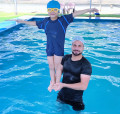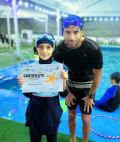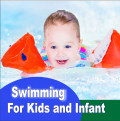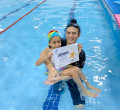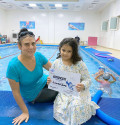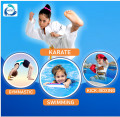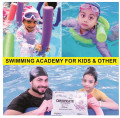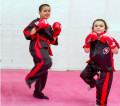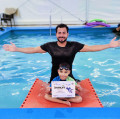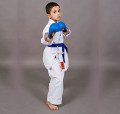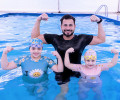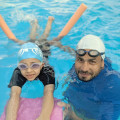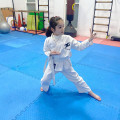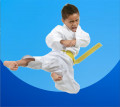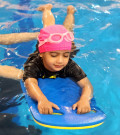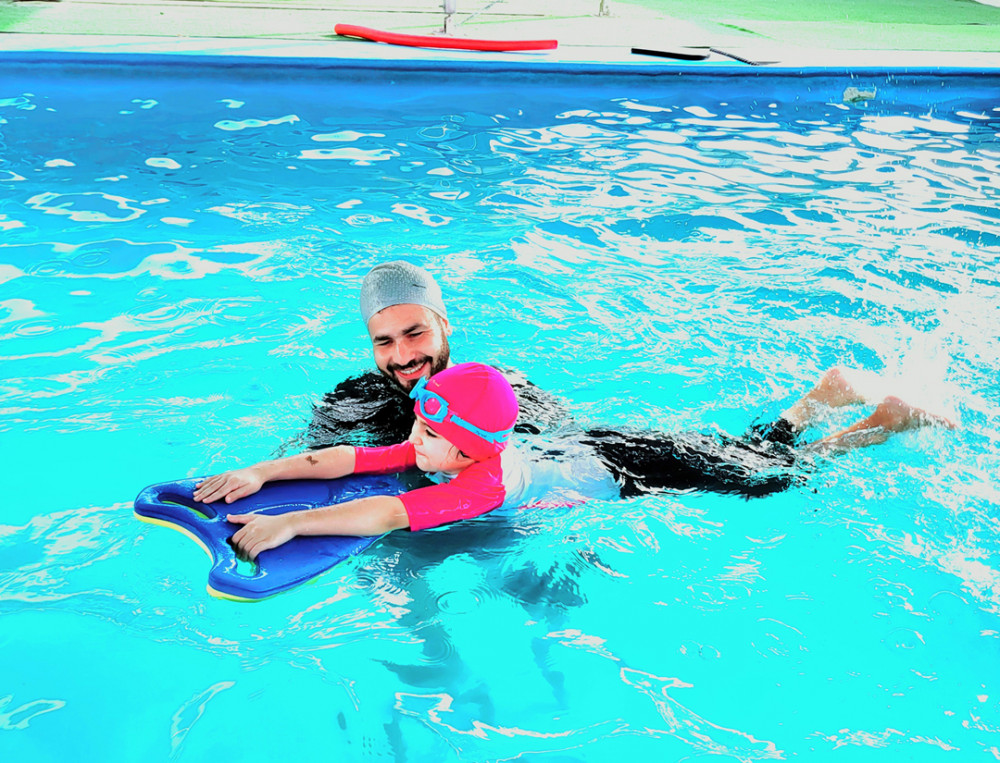
Expert Instructor makes swimming easy for kids
2023-08-17 - SwimmingCertainly! Teaching kids how to swim requires patience, creativity, and an understanding of child psychology. Here are some effective strategies that an expert swimming instructor could use to provide a better learning experience for kids:
Create a Safe Environment: Safety is paramount. Ensure the pool area is properly secured and that all safety measures are in place. Discuss pool rules with kids before starting any lessons.
Build Trust and Comfort: Establish trust with the children and create a comfortable atmosphere. Greet each child individually and get to know their names. This helps them feel more at ease.
Start Slowly: Begin with simple water activities that introduce kids to the water gradually. Start by having them sit on the edge of the pool and play with water. This helps them acclimate to the environment.
Use Play-Based Learning: Incorporate games and fun activities that promote learning while keeping the children engaged. Games like "Red Light, Green Light" or "Simon Says" can teach basic swimming movements while making it enjoyable.
Blow Bubbles: Teaching kids to blow bubbles underwater is a great way to help them become comfortable putting their faces in the water. Demonstrate and encourage them to copy you.
Floatation Devices: Utilize age-appropriate floatation devices like noodles, kickboards, or life vests. These tools can help kids feel more secure while they practice various swimming techniques.
Progressive Skills: Break down skills into manageable steps. Start with floating, then move on to kicking, arm movements, and gradually introduce coordinated strokes.
Positive Reinforcement: Praise and positive feedback are essential. Celebrate even small achievements to boost kids' confidence and motivation.
Individual Attention: Give each child individual attention, focusing on their strengths and areas for improvement. Children progress at different rates, so tailor your teaching accordingly.
Use Visual Aids: Visual aids like colorful toys, underwater hoops, or pool noodles can make learning more engaging and help kids practice specific skills.
Demonstrate Techniques: Show the kids proper techniques by demonstrating movements yourself. Use simple language and show enthusiasm to encourage them to follow along.
Breaks and Rests: Kids may tire quickly, so incorporate regular breaks for them to rest, rehydrate, and recharge. This prevents frustration and burnout.
Parent Involvement: Encourage parents to be present during lessons. This not only helps kids feel secure but also enables parents to reinforce the learning outside of formal lessons.
Gradual Water Entry: If a child is nervous about entering the water, start with gradual entry methods like having them walk in while holding your hand or using a railing.
Adapt to Individual Needs: Each child is unique. Some may be more hesitant or have specific fears. Be adaptable and address their individual needs with patience.
Remember, teaching kids to swim is not just about the physical skills; it's also about building their confidence and enjoyment in the water. Keep the lessons positive, fun, and tailored to each child's pace and comfort level..







.jpg)




















